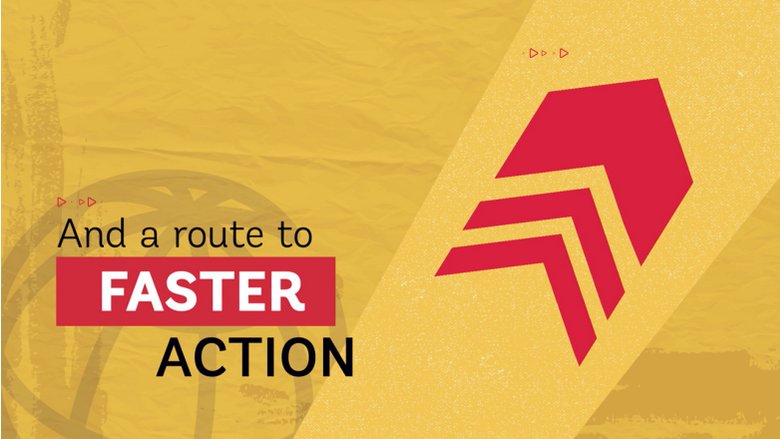Despite multiple pledges and commitments, rapid progress in key technologies, and a total of over 4,500 climate policies introduced to date, the world is not on track to meet the objectives of the Paris Agreement�Dand political economy is a key barrier for translating ambition into action.
But this is not an impassable obstacle: there are many examples of successfully implemented climate policies. In 2014, defying political and economic challenges, Egypt��s Energy Subsidy Reform eased fiscal pressures and encouraged greater private investment in clean energy. In Canada, the province of British Columbia��s carbon tax has reduced emissions and inequality, raised growth and employment, and is now supported by a majority of citizens. And Kenya managed to reform its power sector, a sensitive and important source of revenues and influence, thus improving efficiency, increasing cost recovery, and mobilizing private sector investments. The lesson from these case studies is clear: impactful climate action is possible in the real world.
- How can it be done? The book explores options to navigate political economy barriers along four dimensions:
- Climate governance: Effective climate governance, and the positive narrative that supports it, depends on country context. Where emission reduction objectives are already a policy priority, like in the EU, policy makers can build strategic climate institutions to help mediate interest groups, build consensus, create stability and predictability while reducing the likelihood of policy reversal. Where emission reduction objectives are less consensual or salient, like in India, governments can layer climate governance functions into existing institutional structures and policy objectives and development priorities. When India successfully promoted solar energy, it was focusing on its objectives to increase energy supply, enhance energy security and reduce imports.
- Policy sequencing: Strategic policy sequencing can help policymakers balance short-term feasibility and long-term ambition. And thanks to technological, social, or political tipping points, a well-sequenced approach can lead to faster change, making it possible to combine political feasibility with ambition and speed. In China, increasing support toward renewable energy, such as feed-in tariffs, paved the way for more interventions and mechanisms to reduce GHG emissions and air pollution. The early policies based on subsidies were not only easier to implement, but they also created interest groups that benefit from and support climate action and made the cost of further policies lower and thus more acceptable. Similar strategies can be developed for other countries: for T��rkiye, a legally binding climate strategy and carbon pricing are among the feasible policies that are most likely to build momentum toward further action.
- Policy design: While protecting the poorest and most vulnerable people is an imperative, political opposition is more likely to originate from impacts on well-organized or powerful interests, or from impacts that are concentrated on sectors or places that lack the resources or substitution options to adjust. To complement climate policies implemented across the globe�Dsuch as coal exit strategies in Germany, the UK and the Netherlands and energy subsidy reforms in Indonesia, Ecuador, or El Salvador�Dpolicy makers can deploy a range of approaches to reduce concentrated impacts, facilitate transition, and make policies more acceptable and sustainable over time.
- Policy process: Support for, or opposition to, a policy is driven not only by people��s interests, but also by their perceptions of reform effects and the legitimacy of decision-making. For a reform to be perceived as legitimate, policy processes must be transparent and participatory while outcomes need to be desirable and acceptable for the public. In 2011, El Salvador��s gas subsidy reform was met with opposition from lower-income households although they were expected to benefit the most. Only when people started to observe the benefits did they start to support the reform. Outcomes of subsidy reforms in Indonesia and Nigeria show how effective communication can make reforms more accessible to the public and increase support.
This book shows how appropriate governance frameworks, strong institutional capacity, well-designed policies with adequate compensation measures, and early engagement with all stakeholders are essential strategic elements to build consensus and momentum for transformative policies. By deploying these tools, policy makers can navigate the urgency of climate action and its political economy challenges to achieve their long-term climate goals and secure a livable planet.
Download "Within Reach: Navigating the Political Economy of Decarbonization": | |

